Nature never stops surprising us. Take the Alaskan Wood Frog, for example. When winter hits, this incredible frog literally freezes solid — no heartbeat, no breathing, no blood flow, and its brain goes completely silent. It’s basically paused in time, surviving in a frozen state through the harshest cold. Then, when spring arrives, it thaws out and comes back to life as if nothing ever happened.
What’s even more amazing is how it does this: the frog produces a natural antifreeze made of glucose that protects its cells from damage while frozen. It’s one of the most extraordinary survival adaptations in the animal kingdom, showing just how resilient life can be.
Makes you wonder what other secrets nature holds, right?
Alaskan wood frogs have developed remarkable adaptations to survive extreme cold, including the ability to freeze solid during winter while preventing damage to their cells through the production of glucose, which acts as a cryoprotectant. This unique strategy allows them to remain frozen for up to six months and become active again in early spring when temperatures rise.
Alaskan Wood Frog 🐸
Canadian Wood Frog
Interesting Facts
- Another scientific name for the wood frog is Rana sylvatica.
- The wood frog became the state amphibian of New York State in 2015.
- It is the most abundant frog species in Alaska.
Watch YouTube here
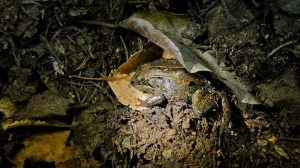
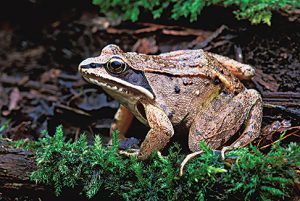
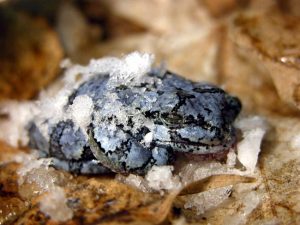
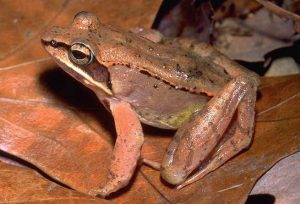
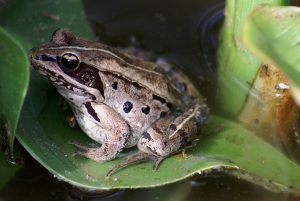

No comments:
Post a Comment